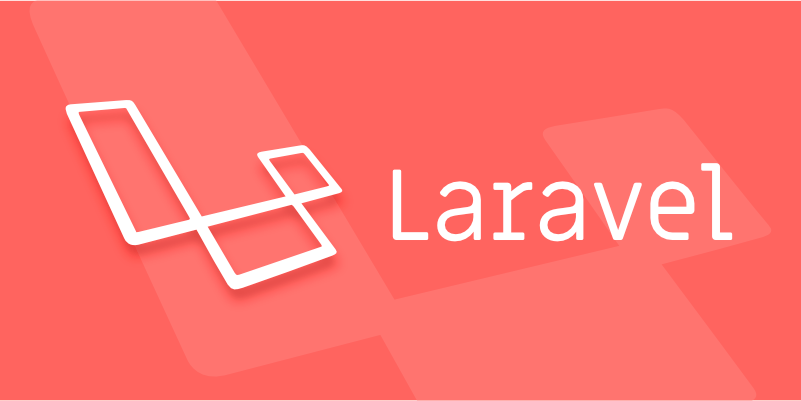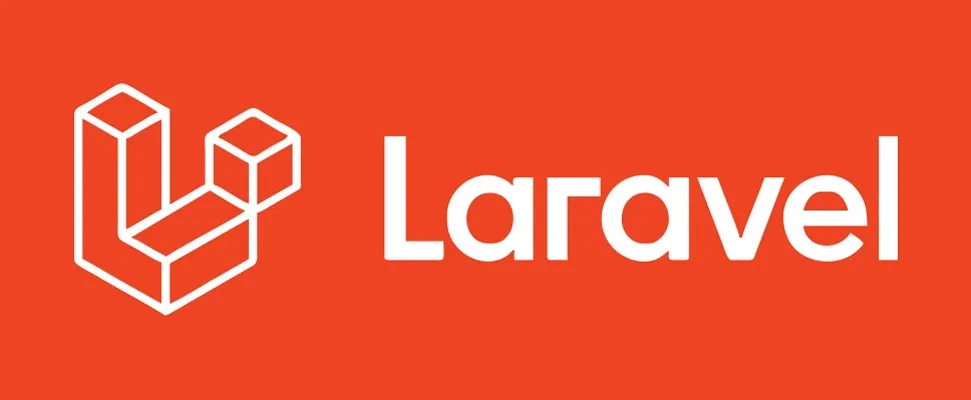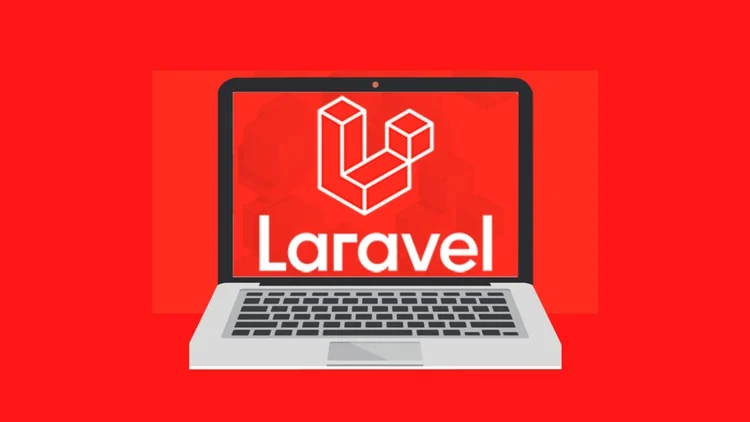Laravel simplifies email sending through its built-in system based on Symfony’s Mailer. 1. Configure mail settings in the .env file with MAIL_ variables like MAILER, HOST, PORT, and credentials. 2. Create mailable classes via php artisan make:mail and define content in the build() method. 3. Send emails using Mail::to()->send(), optionally chaining cc() or bcc(). 4. Use Blade or Markdown templates for clean layouts, generating them with --markdown flag. 5. Test with tools like Mailtrap, check logs, verify API keys, and consider queueing emails to avoid performance issues. Proper setup and testing prevent common issues like typos or misconfigurations.

Laravel makes sending emails pretty straightforward, and once you get the hang of it, you’ll wonder why you ever did it manually. The framework comes with a solid email system built on top of Symfony’s Mailer component, which means it's both powerful and flexible.

Setting Up Mail Configuration
Before you can send any emails, you need to configure your mail settings. Laravel uses the .env file for this, so open that up and look for the MAIL_ variables.
You’ll typically set:

-
MAIL_MAILER– like smtp, sendmail, or something like mailgun -
MAIL_HOST– the server address (e.g., smtp.mailgun.org) -
MAIL_PORT– usually 587 or 465 for TLS/SSL -
MAIL_USERNAMEandMAIL_PASSWORD– your credentials -
MAIL_ENCRYPTION– null, tls, or ssl -
MAIL_FROM_ADDRESSandMAIL_FROM_NAME– defaults for the sender
If you're just testing locally, using the log mailer is handy — it won’t actually send anything, just logs the email content.
Creating and Sending Mailables
In Laravel, emails are handled through "mailable" classes. These are clean, reusable classes that define what the email contains and how it should be sent.

To create one:
php artisan make:mail WelcomeEmail
This creates a new class in app/Mail. Inside, you'll typically use the build() method to define things like the view, subject line, and attachments.
Here's a quick example inside your mailable:
public function build()
{
return $this->from('admin@example.com')
->subject('Welcome to Our Site!')
->view('emails.welcome');
}Then, when you want to send it from a controller or job:
Mail::to($user->email)->send(new WelcomeEmail());
You can also chain methods like cc() or bcc() if needed.
Using Markdown or Blade Templates
Laravel supports both plain Blade views and Markdown-based templates for emails. Markdown mailables come with pre-styled components and are great for consistent layouts.
To generate a markdown mailable:
php artisan make:mail WelcomeEmail --markdown=emails.welcome
This will generate a markdown template in resources/views/emails/welcome.blade.php. You can then use Laravel’s built-in components like:
@component('mail::message')
# Welcome to the Platform
Thanks for signing up. We're excited to have you onboard!
@component('mail::button', ['url' => 'https://example.com'])
Get Started
@endcomponent
Best regards,
The Team
@endcomponentIt looks clean and responsive out of the box, which is especially helpful if you’re not into designing HTML emails from scratch.
Testing and Debugging Emails
One common issue is assuming everything works because no errors were thrown — but emails might not actually arrive. So test often.
When debugging:
- Use tools like Mailtrap or Mailhog for local testing
- Check Laravel logs (
storage/logs/laravel.log) for transport-level errors - If using an API-based driver (like Mailgun or SendGrid), ensure your keys are correct and domains are verified
Also, don’t forget about queueing. Sending emails synchronously can slow down page loads, so consider dispatching them via a queue:
Mail::to($user)->queue(new WelcomeEmail());
Make sure your queue driver is configured properly and workers are running if you go this route.
That’s most of what you’ll need day-to-day when sending emails in Laravel. It’s not complicated once the config is right, but small mistakes — like a typo in the .env or a missing layout component — can cause issues that take a while to track down.
The above is the detailed content of Sending emails in Laravel.. For more information, please follow other related articles on the PHP Chinese website!

Hot AI Tools

Undress AI Tool
Undress images for free

Undresser.AI Undress
AI-powered app for creating realistic nude photos

AI Clothes Remover
Online AI tool for removing clothes from photos.

Clothoff.io
AI clothes remover

Video Face Swap
Swap faces in any video effortlessly with our completely free AI face swap tool!

Hot Article

Hot Tools

Notepad++7.3.1
Easy-to-use and free code editor

SublimeText3 Chinese version
Chinese version, very easy to use

Zend Studio 13.0.1
Powerful PHP integrated development environment

Dreamweaver CS6
Visual web development tools

SublimeText3 Mac version
God-level code editing software (SublimeText3)
 How to set environment variables in PHP environment Description of adding PHP running environment variables
Jul 25, 2025 pm 08:33 PM
How to set environment variables in PHP environment Description of adding PHP running environment variables
Jul 25, 2025 pm 08:33 PM
There are three main ways to set environment variables in PHP: 1. Global configuration through php.ini; 2. Passed through a web server (such as SetEnv of Apache or fastcgi_param of Nginx); 3. Use putenv() function in PHP scripts. Among them, php.ini is suitable for global and infrequently changing configurations, web server configuration is suitable for scenarios that need to be isolated, and putenv() is suitable for temporary variables. Persistence policies include configuration files (such as php.ini or web server configuration), .env files are loaded with dotenv library, and dynamic injection of variables in CI/CD processes. Security management sensitive information should be avoided hard-coded, and it is recommended to use.en
 How to make PHP container support automatic construction? Continuously integrated CI configuration method of PHP environment
Jul 25, 2025 pm 08:54 PM
How to make PHP container support automatic construction? Continuously integrated CI configuration method of PHP environment
Jul 25, 2025 pm 08:54 PM
To enable PHP containers to support automatic construction, the core lies in configuring the continuous integration (CI) process. 1. Use Dockerfile to define the PHP environment, including basic image, extension installation, dependency management and permission settings; 2. Configure CI/CD tools such as GitLabCI, and define the build, test and deployment stages through the .gitlab-ci.yml file to achieve automatic construction, testing and deployment; 3. Integrate test frameworks such as PHPUnit to ensure that tests are automatically run after code changes; 4. Use automated deployment strategies such as Kubernetes to define deployment configuration through the deployment.yaml file; 5. Optimize Dockerfile and adopt multi-stage construction
 What is Configuration Caching in Laravel?
Jul 27, 2025 am 03:54 AM
What is Configuration Caching in Laravel?
Jul 27, 2025 am 03:54 AM
Laravel's configuration cache improves performance by merging all configuration files into a single cache file. Enabling configuration cache in a production environment can reduce I/O operations and file parsing on each request, thereby speeding up configuration loading; 1. It should be enabled when the application is deployed, the configuration is stable and no frequent changes are required; 2. After enabling, modify the configuration, you need to re-run phpartisanconfig:cache to take effect; 3. Avoid using dynamic logic or closures that depend on runtime conditions in the configuration file; 4. When troubleshooting problems, you should first clear the cache, check the .env variables and re-cache.
 Explain Laravel Eloquent Scopes.
Jul 26, 2025 am 07:22 AM
Explain Laravel Eloquent Scopes.
Jul 26, 2025 am 07:22 AM
Laravel's EloquentScopes is a tool that encapsulates common query logic, divided into local scope and global scope. 1. The local scope is defined with a method starting with scope and needs to be called explicitly, such as Post::published(); 2. The global scope is automatically applied to all queries, often used for soft deletion or multi-tenant systems, and the Scope interface needs to be implemented and registered in the model; 3. The scope can be equipped with parameters, such as filtering articles by year or month, and corresponding parameters are passed in when calling; 4. Pay attention to naming specifications, chain calls, temporary disabling and combination expansion when using to improve code clarity and reusability.
 PHP development user permission management monetization PHP permission control and role management
Jul 25, 2025 pm 06:51 PM
PHP development user permission management monetization PHP permission control and role management
Jul 25, 2025 pm 06:51 PM
User permission management is the core mechanism for realizing product monetization in PHP development. It separates users, roles and permissions through a role-based access control (RBAC) model to achieve flexible permission allocation and management. The specific steps include: 1. Design three tables of users, roles, and permissions and two intermediate tables of user_roles and role_permissions; 2. Implement permission checking methods in the code such as $user->can('edit_post'); 3. Use cache to improve performance; 4. Use permission control to realize product function layering and differentiated services, thereby supporting membership system and pricing strategies; 5. Avoid the permission granularity is too coarse or too fine, and use "investment"
 How to create a helper file in Laravel?
Jul 26, 2025 am 08:58 AM
How to create a helper file in Laravel?
Jul 26, 2025 am 08:58 AM
Createahelpers.phpfileinapp/HelperswithcustomfunctionslikeformatPrice,isActiveRoute,andisAdmin.2.Addthefiletothe"files"sectionofcomposer.jsonunderautoload.3.Runcomposerdump-autoloadtomakethefunctionsgloballyavailable.4.Usethehelperfunctions
 How to build a log management system with PHP PHP log collection and analysis tool
Jul 25, 2025 pm 08:48 PM
How to build a log management system with PHP PHP log collection and analysis tool
Jul 25, 2025 pm 08:48 PM
Select logging method: In the early stage, you can use the built-in error_log() for PHP. After the project is expanded, be sure to switch to mature libraries such as Monolog, support multiple handlers and log levels, and ensure that the log contains timestamps, levels, file line numbers and error details; 2. Design storage structure: A small amount of logs can be stored in files, and if there is a large number of logs, select a database if there is a large number of analysis. Use MySQL/PostgreSQL to structured data. Elasticsearch Kibana is recommended for semi-structured/unstructured. At the same time, it is formulated for backup and regular cleaning strategies; 3. Development and analysis interface: It should have search, filtering, aggregation, and visualization functions. It can be directly integrated into Kibana, or use the PHP framework chart library to develop self-development, focusing on the simplicity and ease of interface.
 How to implement a referral system in Laravel?
Aug 02, 2025 am 06:55 AM
How to implement a referral system in Laravel?
Aug 02, 2025 am 06:55 AM
Create referrals table to record recommendation relationships, including referrals, referrals, recommendation codes and usage time; 2. Define belongsToMany and hasMany relationships in the User model to manage recommendation data; 3. Generate a unique recommendation code when registering (can be implemented through model events); 4. Capture the recommendation code by querying parameters during registration, establish a recommendation relationship after verification and prevent self-recommendation; 5. Trigger the reward mechanism when recommended users complete the specified behavior (subscription order); 6. Generate shareable recommendation links, and use Laravel signature URLs to enhance security; 7. Display recommendation statistics on the dashboard, such as the total number of recommendations and converted numbers; it is necessary to ensure database constraints, sessions or cookies are persisted,






